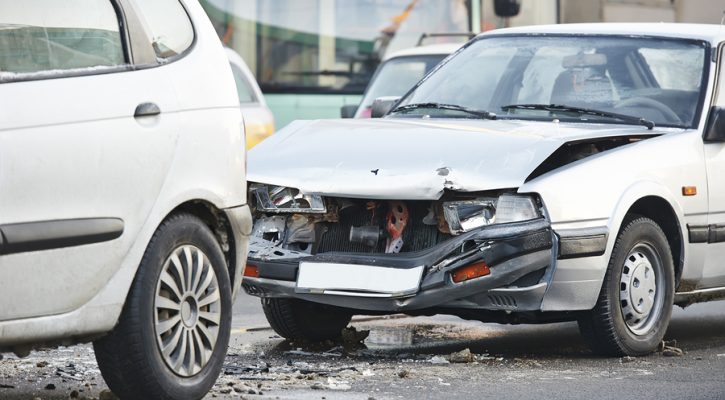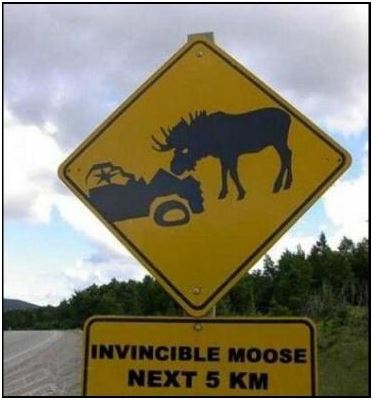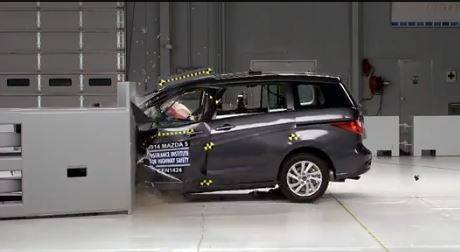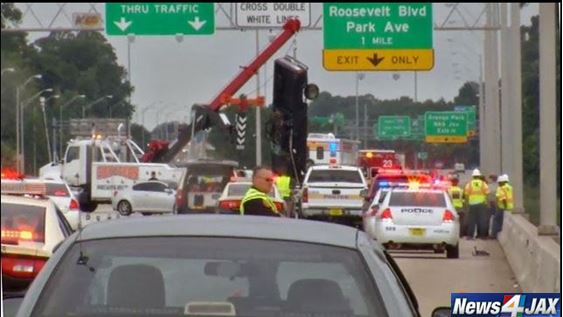Category Archive: Car Crash

There’s No Such Thing As A Traffic Accident
July 14, 2016
The National Coalition for Safer Roads wants us to change our vocabulary and get rid of the word accident when discussing motor vehicle collisions. This is an issue we at Lowest Price Traffic School have been writing about for years and we’re strong supporters of the campaign to remove the word from any discussion of motor vehicle crashes.
In 2012 we published an article in our sister blog at OnlineTexasDefensiveCourse.com titled There is No Such Thing as a Motor Vehicle Accident. Along with that article, we also ensured that the word wasn’t used in any of our online courses.
The term traffic accident is deeply ingrained in the American language and most people use it without giving a thought to its true meaning but let’s look at what is actually meant by that term. An accident is something we have no control over. Lightning strikes, earthquakes, and falling tree limbs are things we can’t control. They’re accidents! The great majority of traffic collisions are caused by someone making a poor choice. The fact that the person didn’t fully consider the consequences and didn’t mean for the crash to happen doesn’t make it accidental. The driver or drivers consciously made the choice that led to the crash! Even driving distracted and not seeing the danger ahead is a choice a driver makes.
This doesn’t mean that accidents on the highway can’t happen but they’re extremely rare. As a driving school instructor, I removed the word from my vocabulary almost 20 years ago. I’ve heard all kinds of stories about car crashes and the events that led up to them but I can only recall hearing one story about a crash that I would consider an accident. The student told us that he was driving one day when a great blue heron suddenly crashed into and shattered his windshield. The shock of that sudden bird strike startled him so much that he ran off the road and took out a mail box. That was a situation that the driver had no control over!
A driver who chooses to run a red light doesn’t have an accident; he causes a crash! Someone who drinks and then makes the choice to drive doesn’t have an accident; he or she causes a crash! Using the word seems to take the responsibility away from the people who made the bad choices and allows those drivers who made the poor choice to pin the blame on fate. It’s not until we can change the terms that are used that we can get people to understand their responsibility when it comes to preventing motor vehicle crashes.
To take the pledge to remove the word “accident” from your vocabulary, visit: Take the pledge

Watch for Deer On The Road
October 21, 2015
It’s that time of year again when it’s important for drivers to watch for deer on the road. The term “deer” also includes moose, elk, and caribou in those parts of the country where they live.
Deer tend to congregate along the sides of the roads during the fall mating season from October through the end of the year and are mostly encountered at dawn and dusk when it’s hardest to see them.
According to the Washington State Department of Transportation, your chances of hitting a deer are greatest:
- When there aren’t a lot of big trucks on the road. Researchers feel that the presence of large trucks on the road lead car drivers to be more cautious and alert. The noise created by the trucks may also help to drive the deer away.
- When the speed limit is above 50 mph, giving drivers less time to react.
- When there are fewer lanes.
- When the median is 6 feet wide or narrower.
Your chances of being involved in a collision with a deer on the road also depends on the state in which you live. According to data compiled by State Farm Insurance, a Florida driver’s chances of hitting a deer are 1 in 930 compared to West Virginia where a driver has a 1 in 44 chance of an encounter.
Most often, your first hint of a deer on the road will be the light reflected from their eyes.
Once you see one, slow down. You can count on more deer being close by but you can’t count on how they will behave as your vehicle draws near..
Since deer tend to forage at night, their eyes have evolved to gather more light. Once those large eyes are hit by the beams from a car’s headlight, it results in an explosion of light that blinds and immobilizes the deer (the deer in the headlights effect).
Honking your horn may frighten the deer and cause it to run but it could just as easily run into the roadway. Honking your horn is only a good choice if you’re driving slowly enough that a collision won’t do much damage.
If a deer runs into the road, don’t give into the temptation to swerve in hopes of avoiding it. Swerving may cause you to lose control of your vehicle leading to an even worse crash. Sadly, it’s often a safer choice to hit the animal that has run out into the road rather than swerving to avoid it.
In 2013, four drivers were killed and 465 were injured in crashes involving animals on Florida roads. Nationwide in 2013, according to the Insurance Information Institute, there were 191 deaths caused by collisions with animals.

Small Cars Downgraded To Poor In IIHS Crash Tests
August 1, 2014
In crash tests performed on small cars by the Insurance Institute for Highway Safety (IIHS), 16 out of 32 cars received marginal or poor ratings. There just isn’t enough structure in the crumple zones to absorb the crash forces and protect the vehicle occupants. Read more: Range of ratings: Small car ratings run the gamut in challenging small overlap front test

Rubbernecking Leads To Highway Death
July 17, 2014
A horrendous crash in Jacksonville Florida this week points out the dangers of “rubbernecking” by drivers who aren’t watching the road and maintaining a safe distance from the vehicle ahead.
The Buckman bridge in Jacksonville is a three mile long span crossing the St. Johns River. The bridge is actually made up of two separate, four lane spans, about 30 to 40 feet apart from each other. Yesterday, in morning rush hour traffic, a traffic collision involving a semi occurred on the southbound span. Rubberneckers on the northbound span slowed to look and that is when the real trouble began.
According to a spokesman from the Florida Highway Patrol, as traffic on the northbound span slowed, the driver of a Toyota scion swerved into the next lane to avoid hitting the vehicle ahead. As he did so, the front of his vehicle clipped the rear of a pickup truck sending them both into a spin. The force of the pickup truck’s spin was so great that it flipped over the side railing of the bridge and crashed into the river. After a search of several hours by police, fire, and Fish and Wildlife boats along with helicopters from the Navy and Coast Guard, police divers finally found the driver’s body in about twelve feet of water.
Rubberneckers slowing to look at a crash on the road increase the chance of a secondary collision because people are looking at the crash and not at the road ahead. We all have a natural curiosity but incidents like this are when it’s most important to watch the road ahead and look for secondary hazards. This is also why it’s so dangerous for police and fire rescue workers who work the scene of a crash and why obeying the Move Over Law is so important. Read more: Police divers find body in river after crash
There’s A Train On Every Track At All Times
May 7, 2014
If you live in a city with a light rail or streetcar system, you may want to check your rearview mirror before turning. Check out this video from Houston’s Metro Rail System of drivers who assumed the way was clear. Remember that a train, even a light one, can’t stop as quickly as a car. See more:
